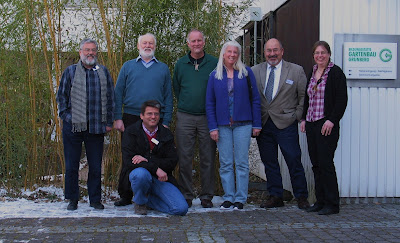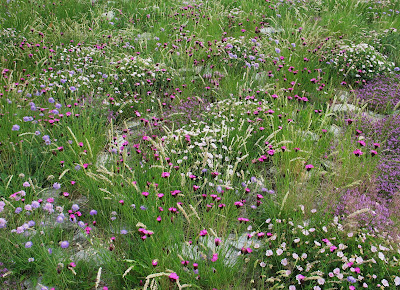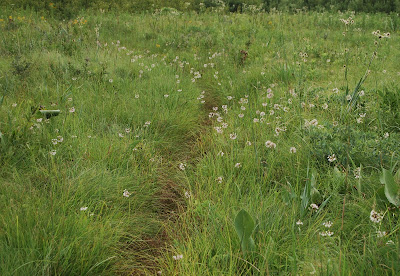Along our streets and roads, we can even today see the heritage of the Baroque era in the form of countless rows of trees. Although it of course sometimes can be appropriate with an avenue, we could also plant different-sized groups of different-sized trees at varying distances from each other, together with shrubs and flowering herbaceous plants.
Nowadays when nearly all nurseries only prune trees to be suitable for avenues or street environments, it is even hard to find beautiful, natural grown specimen for natural plantings. That is a pity.
Replanting Vendelsö Avenue. Photo: Jenny Blom
Vendelsö Avenue in Haninge south of Stockholm was planted at the end of the 1800's and is a mixed double line of elm, maple, ash and lime. Some trees had to been cut down for security reasons and a supplementary planting has been carried out during last season.
Of course we shall preserve and maintain old, existing avenues. They have a cultural and historical value as well as a great importance for biodiversity.
But when we are going to plant along the roads again, we could actually try to live a little bit more in our own time and create dynamic and more diverse roadsides.
Why alone on a row?


















































